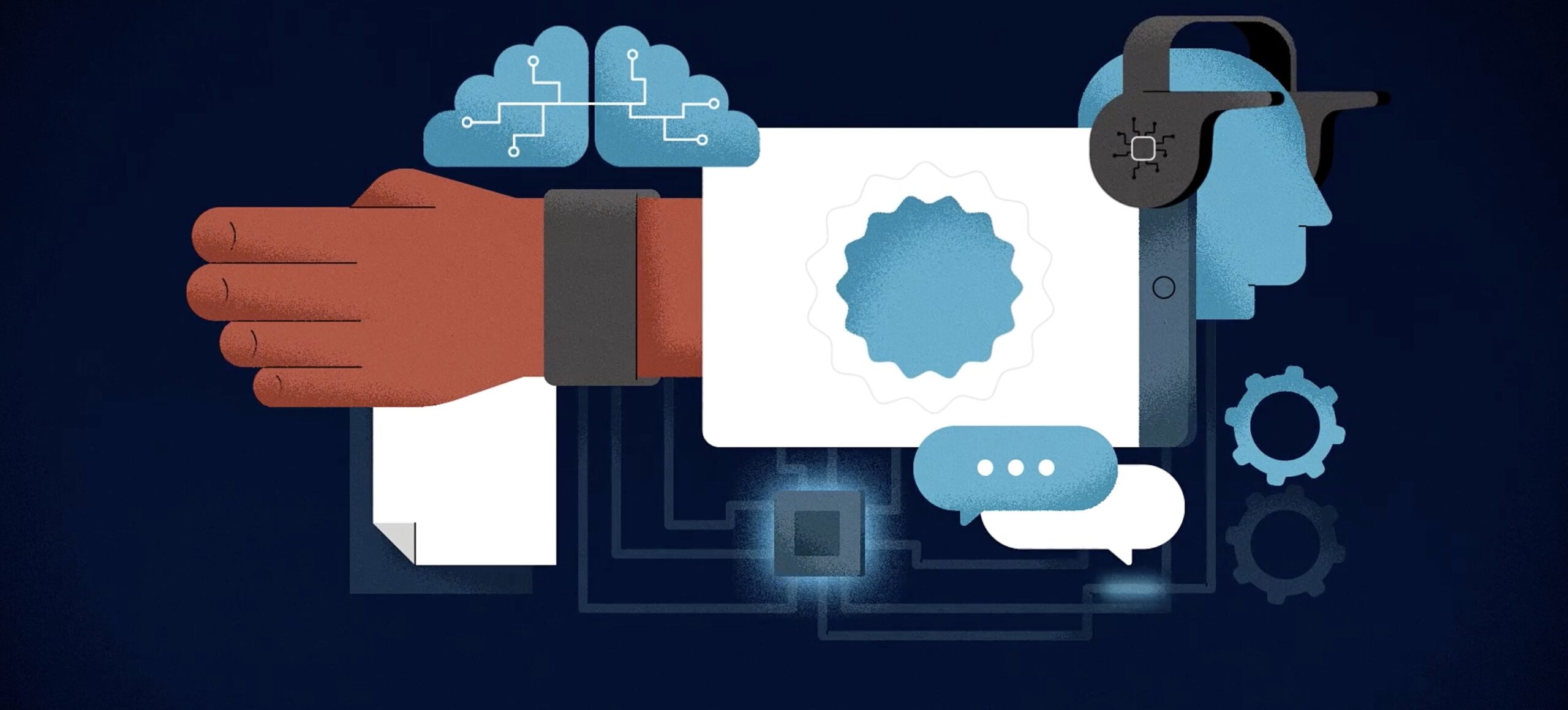Introduction
Apple has always been a frontrunner when it comes to innovation in technology. Be it the first touch screen iPod or the first touch screen iPhone or the first of its kind line of Macbooks and iMacs with unmatched features or the design and fabrication of M1 processors to power its devices.
Apple has lived up to expectations of all technologists this year too and launched its new innovative product Apple Vision Pro at WWDC 2023. It’s the world’s first wearable spatial computer that uses dual chip design; Apple’s M1 and newly introduced, R1 chip. It also introduces fully three dimensional user interface controlled by natural and intuitive inputs like our hands, eyes and voice. User can navigate the apps using their eyes, they can select using the tap of their fingers and you can give commands to Siri using voice input. It has been called as “Beginning of new era for computing” by Tim Cook, Apple’s CEO.
Vision Pro
Vision Pro is also the Apple first 3D camera. It uses separate ultra-high-resolution displays for both eyes having a combined resolution of 23 million pixels along with 12 cameras, 5 sensors and 6 microphones, all inside the headset. The display lens can also be customised with the power lenses for uses that wear spectacles. All these, coupled with spatial audio, provide an incredible immersive and engaging experience to the user. It can scale movies to provide a movie theatre experience or can be connected to a game controller to play favourite games on massive screen with incredible spatial audio.
EyeSight
Apple has also ensured that the user is not isolated from the outside world. The apps are displayed to user in the physical world. When someone is in the room, the eyes are visible to other users and apple calls this feature, EyeSight. Panoramas wrap around the user as if the user is at that very place.
Persona
Vision Pro can be connected to Mac just by looking at it, thereby converting a 13-inch screen to massive one. Apple FaceTime calls can be initiated, and it feels that the other person is in front of the user in life size. User’s “Persona” is created by Vision Pro during setup and that is what others see with all your expressions during a video call.
Optic ID
Privacy and user data security is always Apple’s priority. Vision Pro brings in all new privacy and security feature known as “Optic ID”. It is a secure system that uses the uniqueness of iris for authentication of user, or unlocking and singing into the device. Optic ID data is fully encrypted and stored locally.
visionOS and visionOS SDK
Apple has also launched “the first ever Operating System for Spatial Computing” and its called visionOS. It offers spatial building blocks like Windows, Volumes and Spaces to embed 3D content. Its all new platform with familiar tools and can be used to build apps and games for Vision Pro. visionOS makes use of SwiftUI, RealityKit, ARKit and accessibility to provide immense User Experience. Siri is also accessible in visionOS while wearing the headset.
visionOS SDK along with updated XCode and visionOS simulator, Reality Composer Pro and sample codes is expected to be available by end of June 2023.
Conclusion
Vision Pro is definitely something the we have imagined in our future and now made available to us in present by Apple. We have seen similar things in sci-fi movies and dreamt of the world using it. The technology is new and niche. With Apple also announcing a partnership with Disney to offer new experiences for Vision Pro and enhanced ways to watch shows on Disney+, it will definitely find its early buyers. Vision Pro will be available for sale sometime early next year.











